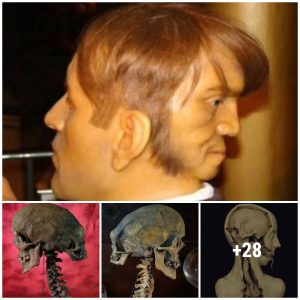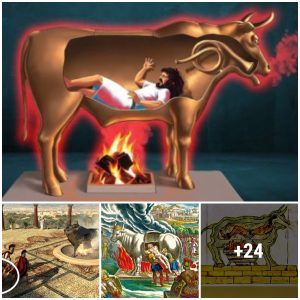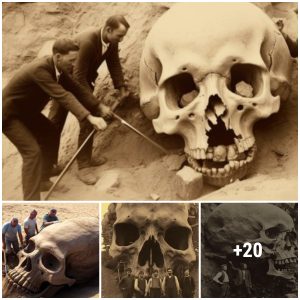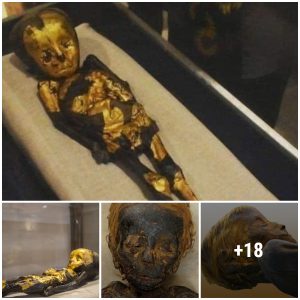Researchers in South Africa have just presented “the most complete sᴋᴇʟᴇᴛᴏɴ of a human ancestor older than 1.5 million years ever found.”

The University of the Witwatersrand displayed the Virtually complete Australopithecus fossil dates back 3.6 million years and is the oldest fossil hominid in southern Africa.
Little Foot is the only known virtually complete Australopithecus fossil discovered to date. It is by far the most complete sᴋᴇʟᴇᴛᴏɴ of a human ancestor older than 1.5 million years ever found.

Discovered by Professor Ron Clarke from the Evolutionary Studies Institute at the University of the Witwatersrand in Johannesburg, South Africa, the fossil was given the nickname of “Little Foot” by Prof. Phillip Tobias, based on Clarke’s initial discovery of four small footbones. “This is one of the most remarkable fossil discoveries made in the history of human origins research and it is a privilege to unveil a finding of this importance today,” says Clarke.
After lying undiscovered for more than 3.6 million years deep within the Sterkfontein caves about 40km north-west of Johannesburg, Clarke found several foot bones and lower leg bone fragments in 1994 and 1997 among other fossils that had been removed from rock blasted from the cave years earlier by lime miners.
The researchers say it has taken 20 years to excavate, clean, reconstruct and analyze the fragile sᴋᴇʟᴇᴛᴏɴ .

The bones were discovered in the Sterkfontein caves about 40km north-west of Johannesburg, after foot and leg bone fragments were found from rock blasted from the cave by miners.
This is the first time that a virtually complete sᴋᴇʟᴇᴛᴏɴ of a pre-human ancestor from a South African cave has been excavated in the place where it was fossilized. “Many of the bones of the sᴋᴇʟᴇᴛᴏɴ are fragile, yet they were all deeply embedded in a concrete-like rock called breccia,” Clarke explains. “The process required extremely careful excavation in the dark environment of the cave. Once the upward-facing surfaces of the sᴋᴇʟᴇᴛᴏɴ bones were exposed, the breccia in which their undersides were still embedded had to be carefully undercut and removed in blocks for further cleaning in the lab at Sterkfontein,” says Clarke.





